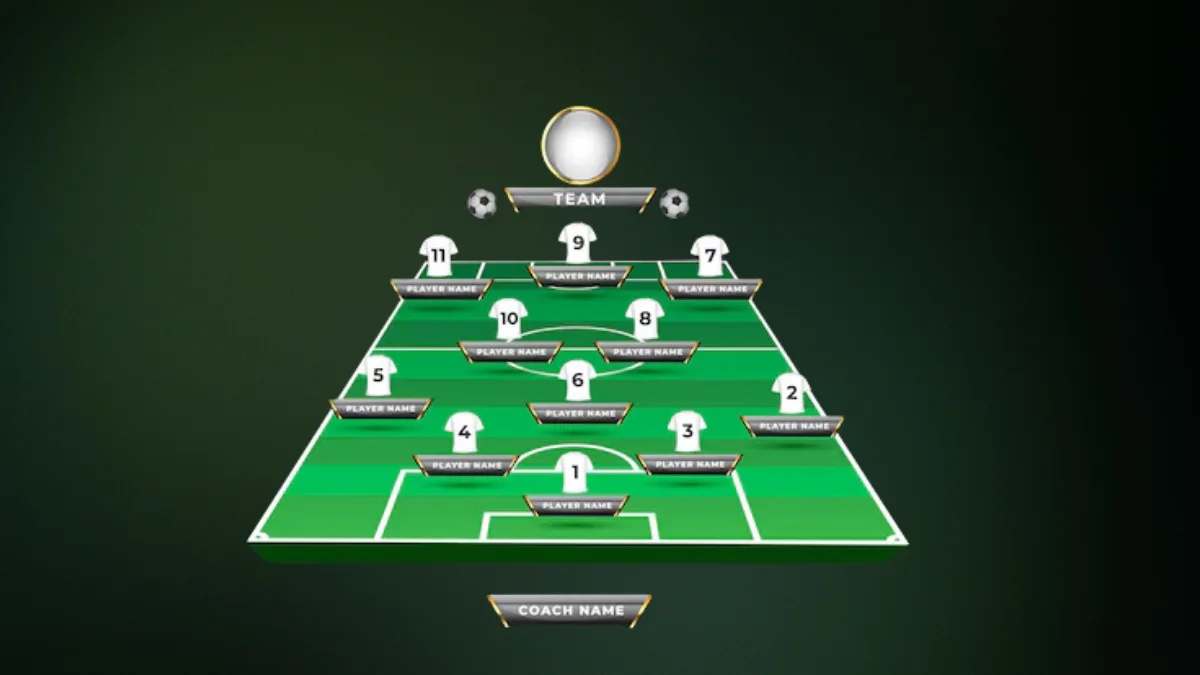A standard soccer team fields eleven players, but its makeup extends far beyond the number on the pitch.
At kickoff, the coach deploys one goalkeeper and ten outfielders arranged in a flexible structure—traditionally four defenders, three or four midfielders, and two or three forwards.
The goalkeeper, the only player allowed to use hands, anchors the defense and organizes the back line.
Midfielders act as the team’s engine: a holding midfielder shields the defense, box-to-box runners cover every blade of grass, and advanced playmakers thread killer passes.
Forwards vary from target men who hold up play to speedy wingers and clinical strikers who convert half-chances into goals.
Substitutes extend the roster to twenty-three on match day.
Each reserve is selected for tactical flexibility: an extra defender to protect a lead, a fresh winger to exploit tired legs, or a penalty specialist for shootouts.
Modern squads are further reinforced by youth-team graduates and multi-positional utility players, allowing coaches to shift formations mid-game without burning substitutions.
Off the field, analysts code every pass, fitness coaches tailor individual workouts, and medical staff track recovery metrics.
Together, these interconnected roles transform a simple group of eleven into a living, adaptable organism capable of responding to ninety minutes of unpredictable drama.
















